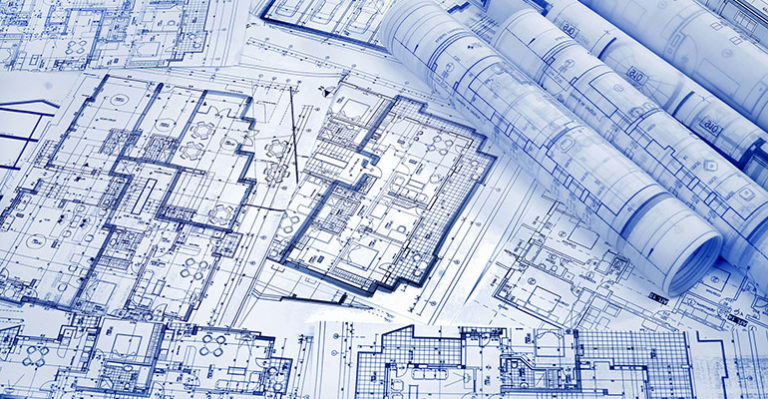The construction industry is experiencing a technological revolution that is transforming the way projects are designed, managed, and executed. From advanced software to cutting-edge machinery, technology is enhancing efficiency, improving safety, and driving innovation. In this blog, we will explore the role of technology in modern construction, the latest advancements, and how companies can leverage these tools to stay competitive.
The Impact of Technology on Construction
Technology has had a profound impact on the construction industry, revolutionizing traditional processes and enabling new possibilities. Here are some key areas where technology is making a difference:
- Building Information Modeling (BIM): BIM is a digital representation of a building’s physical and functional characteristics. It allows for the creation of detailed 3D models that can be used for design, construction, and maintenance. BIM enhances collaboration among stakeholders, reduces errors, and improves project outcomes.
- Drones: Drones are increasingly being used for site surveys, inspections, and monitoring. They provide real-time data and high-resolution images, allowing for accurate measurements and assessments. Drones also improve safety by reducing the need for workers to access hazardous areas.
- Robotics and Automation: Robotics and automation are streamlining construction processes and increasing productivity. Robots can perform repetitive tasks, such as bricklaying and concrete pouring, with precision and speed. Automation also extends to equipment and machinery, reducing labor costs and minimizing human error.
- Virtual and Augmented Reality (VR/AR): VR and AR technologies are transforming the way construction projects are visualized and executed. VR allows stakeholders to immerse themselves in a virtual environment, providing a realistic preview of the final product. AR overlays digital information onto the physical world, aiding in tasks such as site layout and equipment operation.
- 3D Printing: 3D printing is revolutionizing construction by enabling the creation of complex structures with precision and efficiency. This technology allows for the production of custom components and reduces material waste. 3D printing is particularly beneficial for creating intricate designs and prototypes.
- Smart Construction Sites: The integration of IoT devices and sensors is creating smart construction sites that enhance efficiency and safety. These devices collect real-time data on various aspects of the site, such as equipment performance, environmental conditions, and worker safety. This data can be used to optimize operations and prevent issues before they arise.
Leveraging Technology for Competitive Advantage
To stay competitive in the modern construction landscape, companies must embrace technology and integrate it into their operations. Here are some strategies for leveraging technology effectively:
- Invest in Training: Technology is only as effective as the people using it. Investing in training and development ensures that employees are proficient in using new tools and technologies. This not only improves productivity but also fosters a culture of innovation within the company.
- Adopt a Collaborative Approach: Technology enables better collaboration among stakeholders, including architects, engineers, contractors, and clients. Using collaborative platforms and tools, such as BIM and project management software, ensures that everyone is on the same page and working towards common goals.
- Focus on Data-Driven Decision Making: The data collected from various technologies can provide valuable insights into project performance and efficiency. Analyzing this data allows companies to make informed decisions, identify areas for improvement, and optimize processes.
- Prioritize Safety: Technology can significantly enhance safety on construction sites. Implementing safety management systems, using drones for inspections, and deploying wearable devices for monitoring worker health are just a few examples of how technology can improve safety outcomes.
- Stay Updated with Industry Trends: The construction industry is constantly evolving, with new technologies and trends emerging regularly. Staying updated with the latest advancements and industry best practices ensures that companies remain competitive and can adapt to changing market demands.
The Future of Technology in Construction
The future of construction is undoubtedly intertwined with technology. As advancements continue to emerge, the industry will see even greater transformations. Here are some trends to watch for in the coming years:
- Artificial Intelligence (AI): AI has the potential to revolutionize construction by automating complex tasks, optimizing project schedules, and predicting potential issues. AI-powered tools can analyze vast amounts of data to provide actionable insights and improve decision-making.
- Blockchain Technology: Blockchain technology offers a secure and transparent way to manage contracts, payments, and supply chains. It can reduce fraud, enhance accountability, and streamline transactions, making it a valuable tool for the construction industry.
- Advanced Robotics: The development of advanced robotics will further enhance automation in construction. Robots capable of performing intricate tasks, such as welding and painting, will redefine the construction process, reducing labor costs and increasing precision. These advancements will also allow for more complex designs and structures to be built faster and with greater accuracy.
- Sustainable Construction Technologies: As environmental concerns grow, sustainable construction technologies will become more prominent. Innovations like energy-efficient materials, solar power integration, and carbon capture systems will shape the future of construction. The rise of green buildings, designed with minimal environmental impact, will drive demand for sustainable technology.
- Digital Twins: A digital twin is a virtual replica of a physical asset or system. In construction, digital twins can simulate how buildings will perform over time, allowing companies to predict maintenance needs and optimize asset performance. This technology can help reduce costs, increase operational efficiency, and extend the lifespan of structures.
Conclusion
The construction industry is at the forefront of technological transformation, with tools like BIM, drones, robotics, and AI revolutionizing how projects are planned and executed. Companies that embrace these technologies will gain a competitive edge by improving efficiency, reducing costs, and enhancing safety. As we look to the future, the integration of emerging technologies will only deepen, pushing the boundaries of what’s possible in construction.

